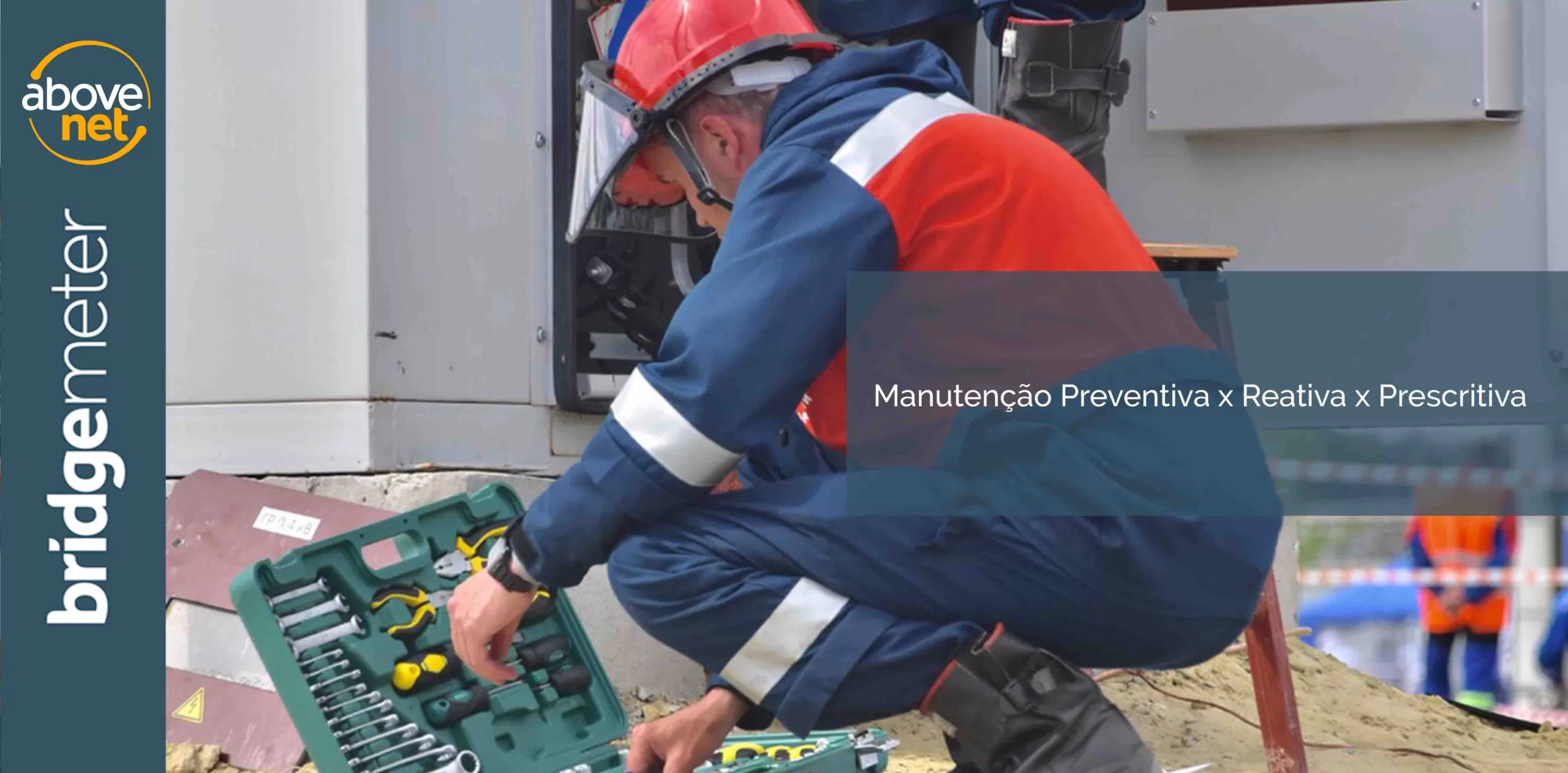
CBM and Maintenance Manager
The vast majority of critical application equipment and machines operate with preventive maintenance regime (MP) for SLA improvement and guaranteeing operation. In this model, the replacement of parts is made based on the time of use and average recommendations of manufacturer's wear, without the minimum indication of premature or late use of any component.
In other words, they are based on faults observed by the manufacturer's engineering and therefore do not represent any particular operating condition, most often generating unnecessary premature exchanges, increasing costs, as well as any damage to assets during repairs that often result in stops unexpected.
In addition to reducing productivity, unexpected stops have great operational and financial impact, as there is no planning or programmed interruption of the operation. The remediation is conducted by reactive maintenance (MR), ie based on the immediate and urgent need for component replacement to restore operation as soon as possible. However, immediate repair is not always feasible, either due to the lack of spare parts or time needed to restore the process that may involve several other assets. In any case the interruption of the process is damage counted on the clock.
condition based maintenance (CBM-Condition Based Mainance) was improved . CBM is a set of preventive maintenance processes fired by asset information to ensure that maintenance is performed only when there is evidence of need. Maintenance is now called as prescriptive ( prescriptive maintenance ) as it is managed based on the actual need detected by the IIOT monitoring platform. CBM can also be useful in preventing failure, recognizing equipment degradation before a catastrophic failure occurs.
The purpose of the CBM model is to pass from a preventive maintenance program strictly based on pre-fixed calendar for a preventive maintenance program based on actual condition, reducing to the least possible reactive maintenance. This means that preventive maintenance tasks are scheduled based on the use or condition of the equipment (quantitatively and qualitatively, respectively) and not just the interval established by the manufacturer.
Another extremely important component for increased efficiency is the use of a maintenance management module or computer maintenance management system (CMMS - Computerized Maintenance Management System) coupled with the CBM model and integrated with the IIiot solution.
The IIOT platform should also include in its maintenance firing rules, the inventory conditions of spare parts to generate order time to plan and properly schedule them.
Most importantly, the system should work in an integrated and digital manner from detection of abnormality by reading signals from any kind to sending a work workflow aimed at the maintenance team and request for integrated and automated parts. This is the true process that has been called digitization.
Finally, the automated workflow process presents several gains, including the standardization of repair procedures according to prescribed maintenance, eliminating the labor quality variation, and reducing the need for team training.
Optimization of production processes is a complex problem that depends on the implementation of a system that contemplates the infrastructure with an integrated view. To resolve this challenge, Bridgemeter offers a Turn-Key like SaaS that can be deployed in less than 30 days depending on the conditions. For a deeper view of all these layers and how to solve the problem, read article recently published collaborative infrastructure
Are you interested in telemetry and monitoring solutions?

